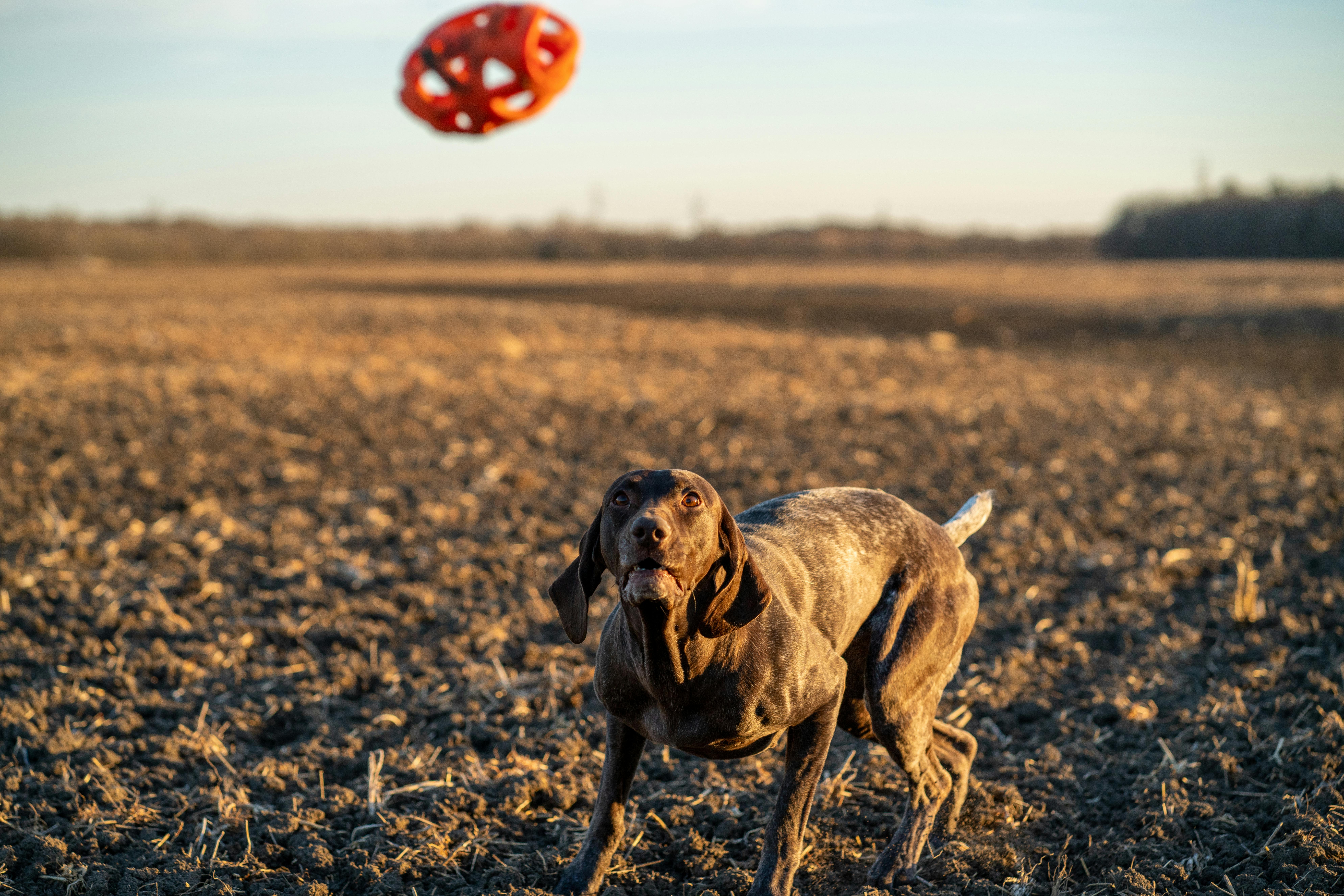Tails that wag
Have you ever been in love? Probably yes. Love is an act of courage and a force of nature. In all essence, it gives us the dare, patience, and resiliency to extract meaning out of our lives. And love for our fur babies is truly unconditional, anyone who believes otherwise is crazy. Growing up and being around dogs, or rather my sweethearts, I had always wanted to speak dog.
Have you ever wondered whether you fully understand what your dogs say?
Poor babies cannot talk like humans do verbally, but they are the most expressible animals. Communicating with your dog is important, to understand their needs and make them feel comfortable, at home. These fur babies are wonderfully smart, telling us what they like and what they don’t. For the most part, they are much smarter than humans in understanding unspoken emotions of love. They understand whom you love vs hate, by just being around us. Like a magical field, they pick up all the cues. Therefore, it’s us humans who need to pick up their cues too.
Something that has always bewildered me, is why do dogs wag their tails.
It took ages for me to understand what the wagging really means. It's a legitimate form of communication and has so many deeper meanings. Although dogs lack verbal communication, they have learned to be good watchers and use their body language to communicate, leveraging tails to convey how they are feeling. Before we think about what each tail wag means, it's interesting to understand why dogs have attuned to leveraging their body language in such a sophisticated manner.
Dogs are not exactly color blind, but they have a limited spectrum of colors they can recognize. They have yellow-blue dichromatic vision, meaning they can distinguish between variations of blues and yellows, but cannot really see green and red that well. Given their vision is less dependent on color, they have learned to leverage their eyes, ears, brows, and tails to communicate on a varied spectrum.
At a very shallow level, I had resorted to believing is that every tail wag is the same, it means your pet is very excited or happy, any form of heightened emotion. I am very pleased to learn that I am wrong. Here are the different nuances we see in the tail wag world, we hope you become an expert in ‘tail talk’ when you finished reading:
Left vs Right tail wag
There is a scientific reason for what left vs right tail wag means, although the research is emerging in nature. Per neuroanatomy of dogs, there is a cross-over of nerves that control voluntary movements i.e., left wag is invoked by the right side of the brain and the right wag is invoked by the left side of the brain. We know the left vs right brain theory i.e., the left side of the brain contributes to feelings of happiness and pride, vs the right side of the brain is leveraged for feelings of anger and disgust. Simply put, consider ‘right wag’ as an approach behavior, vs ‘left wag’ as a withdrawal behavior for your dogs. Although it's not always this black and white, and the communication could be much more complex, understanding these small nuances could be a good starting point to get a better reading of your pets.
Position of the tail
The posture of the tail is as important as the direction. A happy tail wag is when a dog holds its tail in a neutral or lightly raised position. When a dog is curious, you may notice that the tail moves to a more horizontal position. The other directions are more extreme and easy to read. A dog in an aggressive mood or feeling alerted will have its tails raised, which means they are watchful and ready to confront, whatever caught its attention. The higher the tail, the greater the threat level.
When a dog is unhappy and barking at a stranger, you will notice that its tail is facing towards the sky. On the other hand, when the tail moves to a neutral or ground position, that implies the dog no more feels the threat and has resorted to a more submissive position. This is often observed when we are petting or cuddling with our dogs, and they happily wag their tails downward. Here again, the anatomy of the dog is what determines why a tail wag pointing up the sky is more dangerous than one pointing to the ground.
The high tail position helps it release scent from the anal glands, helping them announce their aggression to mark their territory, and a warning sign of ‘do not approach’ vs the lower tail position reduces the amount of scent emitted from the anal glands, resorting to a more submissive position.
Wagging speed
The faster the tail wags, the more excited the dog feels. But tail wagging speed alone cannot be used to draw outright interpretations. When a dog is feeling aggressive and threatened, it will wag its tail very fast pointing towards the sky, holding its tail vertically. This would mean an active threat and something to be watchful of. On the other hand, a dog who feels more friendly will waggle its tail more freely and sway along with its hips.
We hope to keep bringing you well-researched articles that can make you an expert in dog communication. Until then, keep reading!
If you are looking for a new pup to adopt, find some of our most adorable pup litters here
For more information about pets and how alldogs.in can help you, please drops us a note at AllDogs.in




